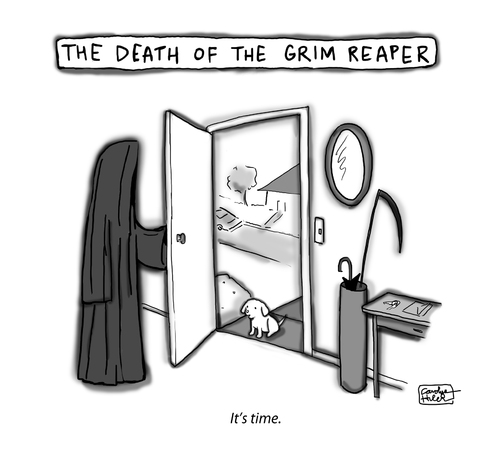
Abstract
Individuals who have been subtly reminded of death display heightened in-group favouritism, or
“worldview defense.” Terror management theory argues (i) that death cues engender worldview defense via psychological mechanisms specifically evolved to suppress death anxiety, and (ii) that the core function of religiosity is to suppress death anxiety. Thus, terror management theory predicts that extremely religious individuals will not evince worldview defense. Here, two studies are presented in support of an alternative perspective. According to the unconscious vigilance hypothesis, subtly processed threats (which need not pertain to death) heighten sensitivity to affectively valenced stimuli (which need not pertain to cultural attitudes). From this perspective, religiosity mitigates the influence of mortality-salience only insofar as afterlife doctrines reduce the perceived threat posed by death. Tibetan Buddhism portrays death as a perilous gateway to rebirth rather than an end to suffering; faith in this doctrine should therefore not be expected to nullify mortality-salience effects. In Study 1, devout Tibetan Buddhists who were subtly reminded of death produced exaggerated aesthetic ratings unrelated to cultural worldviews. In Study 2, devout Tibetan Buddhists produced worldview defense following subliminal exposure to non-death cues of threat. The results demonstrate both the domain- generality of the process underlying worldview defense and the importance of religious doctrinal content in moderating mortality-salience effects.
Unconscious threat and judgment bias in Tibetan Buddhists
Colin Holbrook
Center for Behavior, Evolution and Culture and Dept of Anthropology Univ. of California, Los Angeles
Paulo Sousa
Institute of Cognition and Culture and School of History and Anthropology
Queen’s University, Belfast
